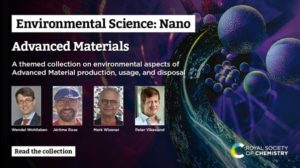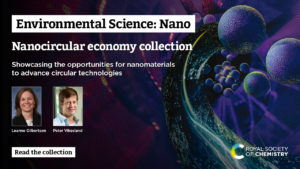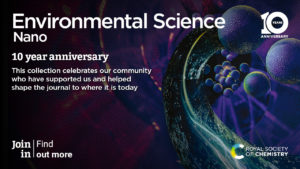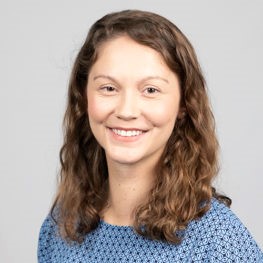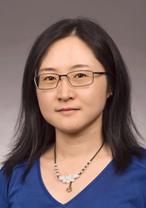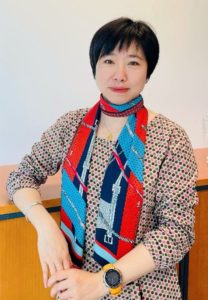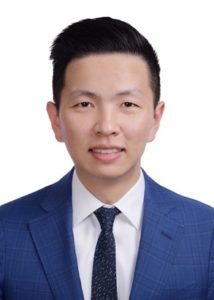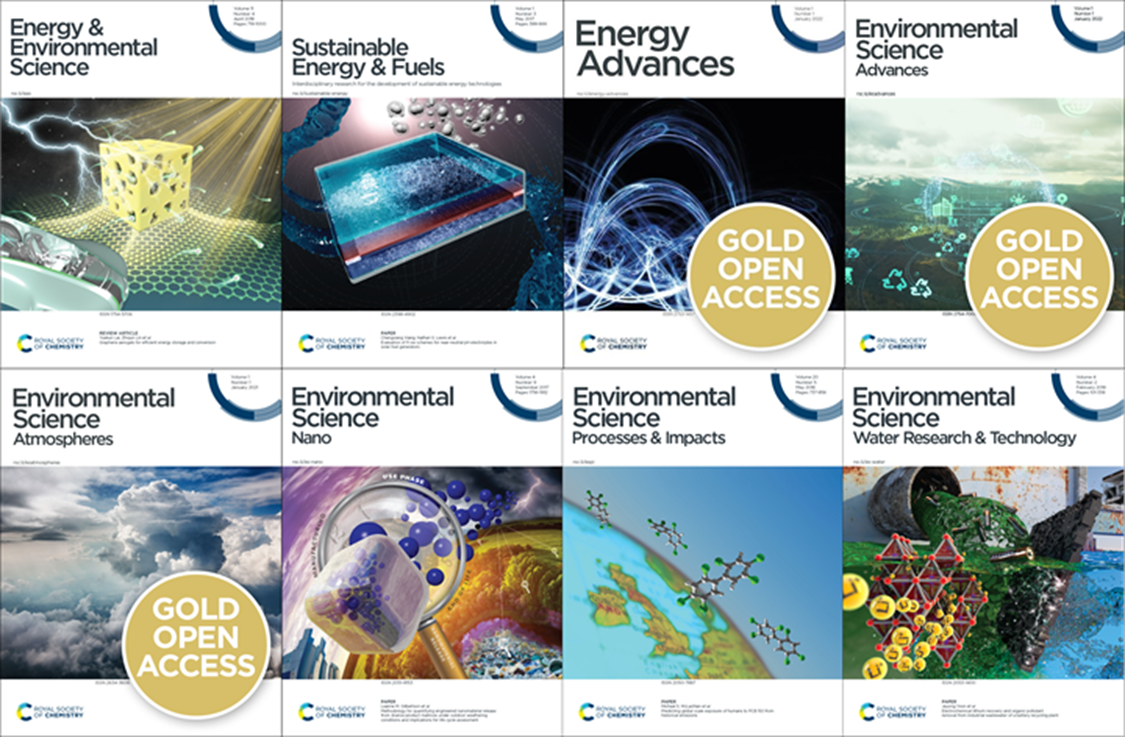Guest edited by Nathalie Tufenkji (McGill University), Sonia Morais Rodrigues (Aveiro University), Andy Booth (SINTEF Ocean) and Dayong Wang (Southeast University), Environmental Science: Nano is please to highlight our new collection exploring Nanoplastics in the Environment.
Nanoplastics in the Environment is a far-reaching collection at the interface of environmental science and nanoplastic research exploring the science of conventional and biodegradable nanoplastics. The collection features work promoting nanoplastic generation through to sensing and monitoring, agricultural & water pollution and uptake studies as well as nanoplastic-bio interactions informing health policy and assessing risk.
Nanoplastics in the Environment will highlight all aspects of nanoplastics in environmental science, including topics such as, but not limited to:
- Generation – how nanoplastics are generated, what they are generated from and how they end up in the environment, including production of environmentally relevant test and reference nanoplastic materials.
- Sensing and detection – how nanoplastics are monitored and detected/identified in the environment and environmentally relevant matrices, especially validation of methods.
- Agriculture – how nanoplastics enter soils, their fate, behaviour, and interaction with the ecosystem and how this influences bioavailability. Their role in soil pollution, their transport in soil systems, their impact in (agricultural) soil health, their potential for plant uptake and entry into the food chain.
- Water and remediation – how nanoplastics enter aquatic systems, their environmental behaviour, and implications and understanding of their effects in natural water supplies. Removal of nanoplastics during wastewater treatment and drinking water production.
- Bio-interactions, toxicology and risk – how nanoplastics interact with biological systems and uptake from the environment. How understanding nanoplastic interactions in the environment can inform policy and the risks associated with them.
This themed collection will include all manuscript types: original research papers, communications, perspectives and review articles. If authors are interested in submitting a review article, please send an outline proposal to the editors at esnano-rsc@rsc.org for approval and official invitation.
Article publication online and in issues will occur without delay to ensure the timely dissemination of the work. The articles will then be assembled on the RSC Publishing platform and promoted as a web-based thematic collection, to permit readers to consult and download individual contributions from the entire series.
The submission deadline is 1st October 2025.
If you’re interested, we invite you to submit your research today, quoting ‘ENPlast25’ in the ‘Comments to the Editor’ when submitting your manuscript.
For more information on the scope of Environmental Science: Nano and our author guidelines, please visit our website at rsc.li/esnano or email us at esnano-rsc@rsc.org.











